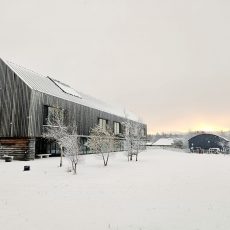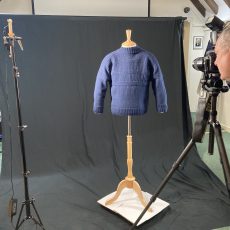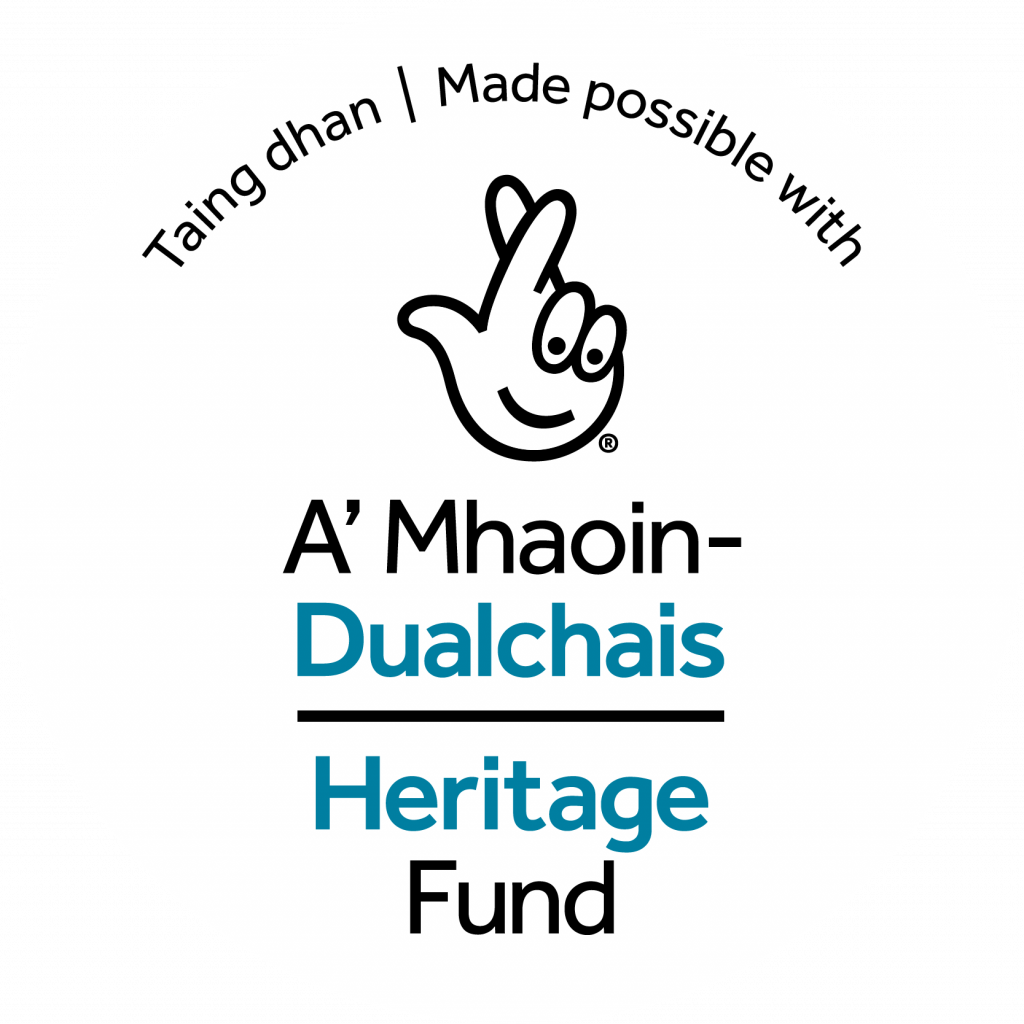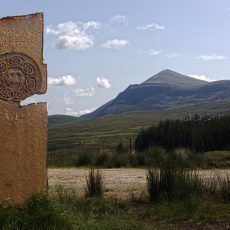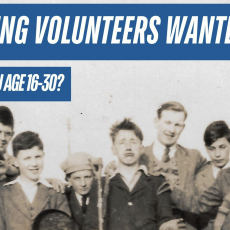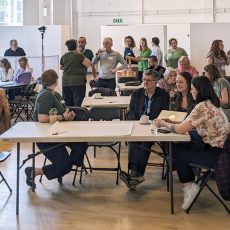As the evening’s grow longer and the days shorter, many of our Highland museum adjust their opening schedule. Some go into hibernation for a few months, re-launching with gusto around Easter, but a growing number stay open during the quieter season – just with slightly reduced hours. Will you be travelling to the Highlands this winter and looking for a heritage fix? Then please do check ahead to ensure you time your visit just right. Many that are closed, will open just for you if you get in touch in advance so even if the hours don’t suit – all is not lost
Seasonal opening isn’t just about visitor numbers — it’s about balance. For many Highland museums, closing or scaling back in winter is what keeps them sustainable the rest of the year. It’s a time to care for collections, rest and retrain staff and volunteers, fundraise and prepare new displays, projects and/or exhibitions. For those that stay open, even on reduced hours, it’s a lifeline for local people — a warm welcome, a place to connect and a reminder that heritage is about people. The rhythm of opening and closing mirrors Highland life itself: responsive, resourceful and rooted in community.
| Museum | Winter / Seasonal Notes | Specific Hours (if published) | Website |
| Gairloch Museum | Partial winter opening | Nov 3 – Dec 17, 2025: Wed–Sat 10:00 – 4:00. 10:00 – 5:00. | https://www.gairlochmuseum.org/visit |
| Strathnaver Museum, Bettyhill | Seasonal / reduced winter hours | Tue–Thu 10:00 – 2:00 Outwith hours: by arrangement | https://www.strathnavermuseum.org.uk/visit-us/ |
| Groam House Museum (Rosemarkie / Black Isle) | Seasonal / limited winter opening | 1 Nov – 14 Dec: open Saturdays & Sundays 11:00 – 2:00 | https://groamhouse.org.uk/ |
| Waterlines Heritage, Lybster | Open year-round – hours may be slightly reduced | Wednesday – Saturday 10am – 3pm | https://waterlineslybster.co.uk/ |
| Inverness Museum & Art Gallery | Reduced / winter schedule (remains open) | Nov–Mar: Tues–Thurs 12:00 – 16:00; Fri & Sat 11:00 – 16:00; closed Sun & Mon | https://www.highlifehighland.com/inverness-museum-and-art-gallery/ |
| West Highland Museum, Fort William | Open year-round – hours may be slightly reduced | Mon–Fri 10:00 – 16:00; Sat 10:30 – 16:00 | https://www.westhighlandmuseum.org.uk/ |
| Timespan, Helmsdale | Reduced hours | Phone ahead to check | https://timespan.org.uk/visit/ |
| Culloden Battlefield | Open year round | 3 Nov–28 Feb 2026, daily, 09.00–16.00 | https://www.nts.org.uk/visit/places/culloden/planning-your-visit |
| Grantown Museum | Seasonal (closed in winter) | Visit by appointment may be possible – phone ahead | https://www.grantownmuseum.co.uk/ |
| Highland Museum of Childhood, Strathpeffer | Seasonal (closed in winter) | Visit by appointment may be possible – phone ahead | https://highlandmuseumofchildhood.org.uk/ |
| Ullapool Museum | Seasonal (closed in winter) | Visit by appointment may be possible – phone ahead | https://www.ullapoolmuseum.co.uk/ |
| Tarbat Discovery Centre, Portmahomack | Seasonal (closed in winter) | Visit by appointment may be possible – phone ahead | https://www.tarbat-discovery.co.uk/ |
| Tain & District Museum | Seasonal (closed in winter) | Visit by appointment may be possible – phone ahead | https://www.tainmuseum.org.uk/ |
| Wick Heritage Museum | Seasonal (closed in winter) | Visit by appointment may be possible – phone ahead | https://www.wickheritage.org/ |
| Historylinks Museum, Dornoch | Seasonal (closed in winter) | Visit by appointment may be possible – phone ahead | https://www.historylinks.org.uk/ |
| Glencoe Folk Museum | closed | Undergoing redevelopment | https://www.glencoemuseum.com/ |
| Highland Folk Museum, Newtonmore | Fully seasonal (closed in winter) | Visit by appointment may be possible – phone ahead | https://www.highlifehighland.com/highlandfolkmuseum/ |
| Nairn Museum | Seasonal (closed in winter) | Visit by appointment may be possible – phone ahead | https://nairnmuseum.co.uk/ |
| Cromarty Courthouse | Seasonal (closed in winter) | Visit by appointment may be possible – phone ahead | https://www.cromarty-courthouse.org.uk/visit-us/ |
| Dingwall Museum | Seasonal (closed in winter) | Visit by appointment may be possible – phone ahead | https://www.dingwallmuseum.info/ |
| Arctic convoy museum, Aultbea | Seasonal (closed in winter) | Visit by appointment may be possible – phone ahead | https://arcticconvoymuseum.org/ |
| North Coast Visitor Centre, Thurso | Seasonal (closed in winter) | Visit by appointment may be possible – phone ahead | https://www.highlifehighland.com/north-coast-visitor-centre/ |
| Mallaig Heritage Centre | Seasonal (closed in winter) | Visit by appointment may be possible – phone ahead | https://www.mallaigheritage.org.uk/index.php |
| Hugh Miller’s Birthplace Cottage and Museum, Cromarty | Seasonal (closed from 9th November apart from special events) | Visit by appointment may be possible – phone ahead | https://www.nts.org.uk/visit/places/hugh-millers-birthplace |

